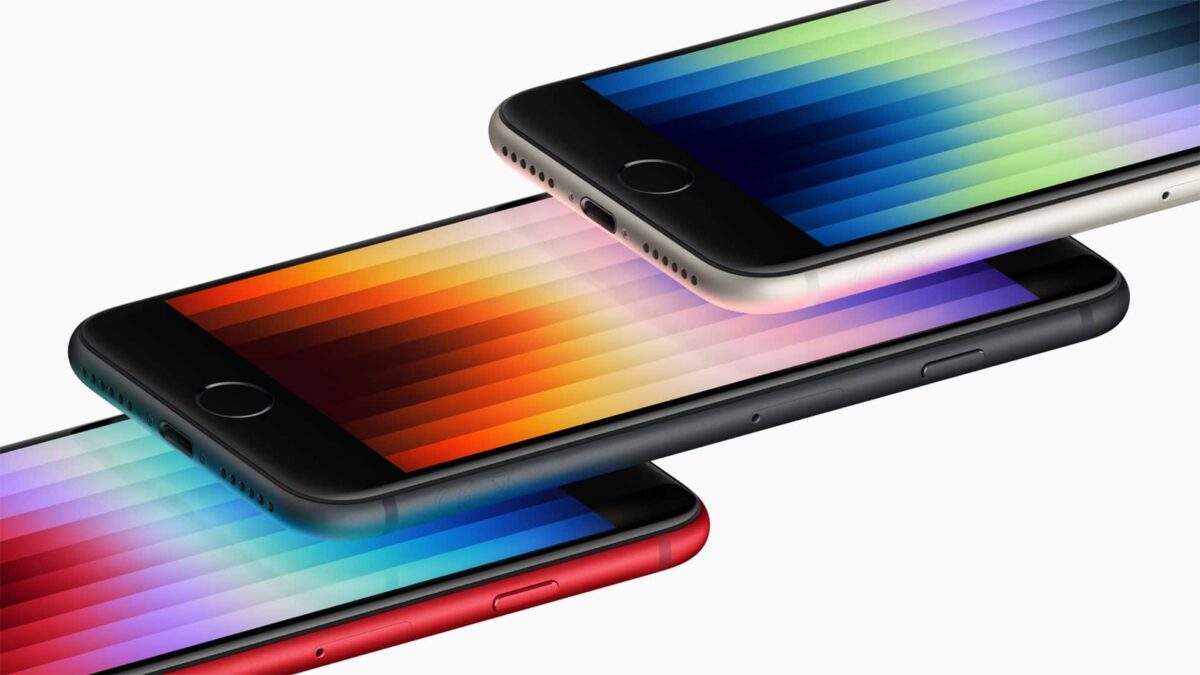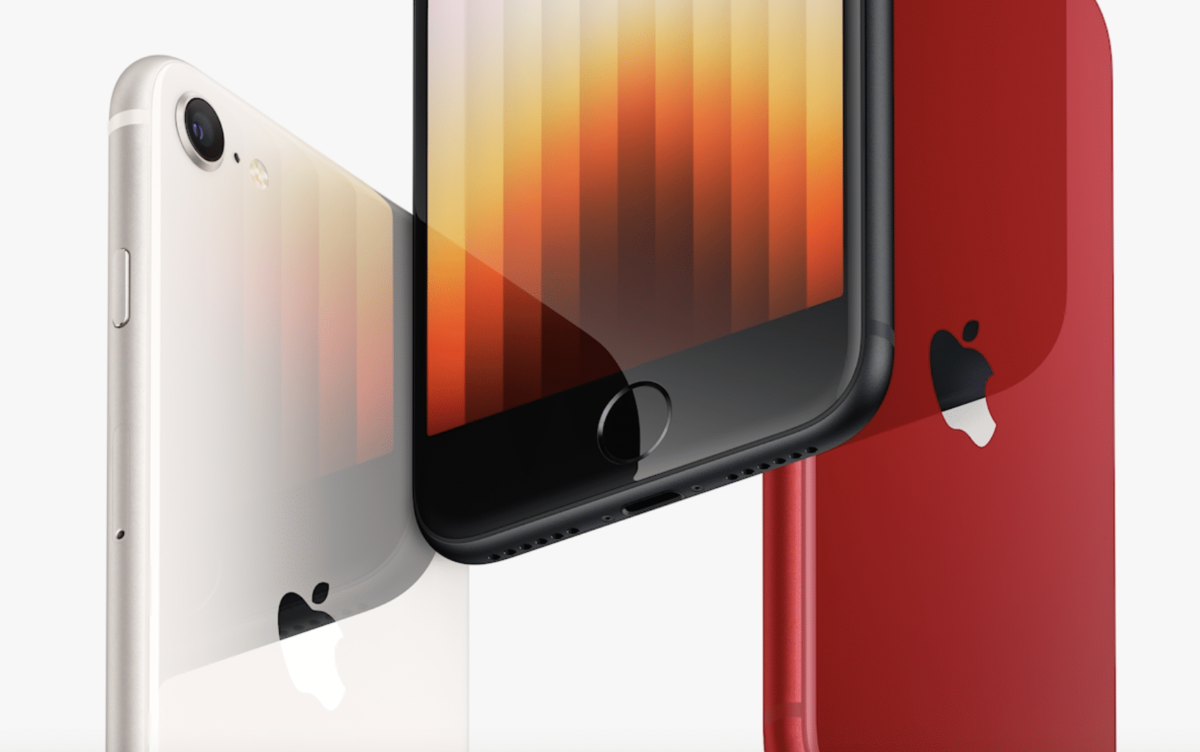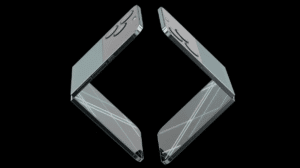Powered with the A15 Bionic chip, the next-generation iPhone SE 3 offers fast performance, 5G network support, improved power efficiency, a new camera system, and much more. However, there are other features and capabilities in the new iPhone SE 3 which might have not been mentioned at the launch event. Therefore, we have listed down all the minute details on the model camera, display, connectivity, and other specs.

iPhone SE 3: all the minute details
In the same “iconic” design as the previous model with a 4.7-inch display, the latest iPhone SE 3 is packed with new capabilities and technologies like never before. Here are the minute details which you might have missed.
Massive leap in battery life: Up to 15 hours of video playback, up to 10 hours of video streaming, up to 50 hours of audio playback.
A larger capacity model: Apple has added a 256GB variant for iPhone SE 3, along with 64GB and 128GB. The 2020 iPhone SE model was only available in 64GB and 128GB.
Lacks Ceramic Shield protection and MagSafe support: Maybe to distinguish between premium and entry-level iPhone models, Apple did not extend support for MagSafe and Ceramic Shield protection to the third-generation iPhone SE and it has the same glass front and back as the iPhone SE 2.

Offers Photographic Styles but lacks Cinematic mode: Although with the same front and back camera as the iPhone SE 2, the new models offer Photographic Styles, Smart HDR 4 for photos, and Slo-mo video support for 1080p at 120fps. But it lacks Cinematic mode and Night mode.
Advanced connectivity but lacks support for 5G mmWave tech: the iPhone SE 3 supports 5G sub-6 GHz tech with 2×2 MIMO, LTE Advanced, Built-in GPS, GLONASS, Galileo, QZSS, and BeiDou.
HD Video calling: FaceTime HD over 5G or Wi-Fi
Price: iPhone SE 3 retails for $429 which is $30 more than iPhone SE 2 which sold for $399.
Read More:
- iPhone 13 series is now available in a new green color option
- Apple launches new iPhone 13 cases with MagSafe and Apple Watch bands
- Apple announces Mac Studio with the powerful M1 Ultra chip in a tiny package
- M1 Ultra benchmarks versus Intel 12900K, AMD 5950x and Xeon W
- Apple introduces new “Studio Display” with 27-inch 5K Retina screen and more



